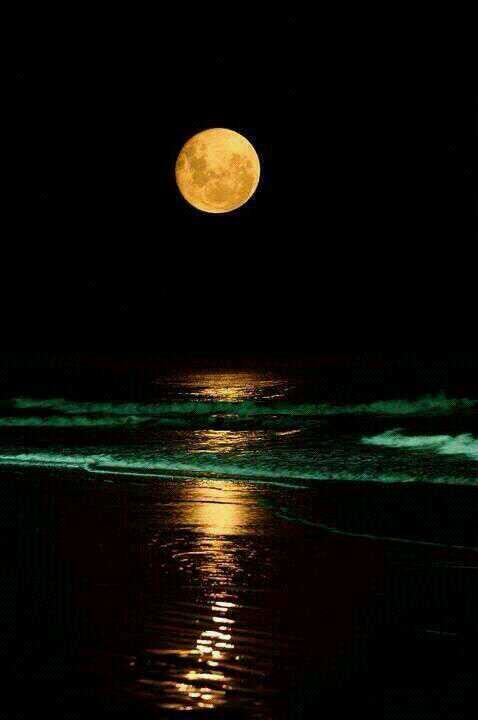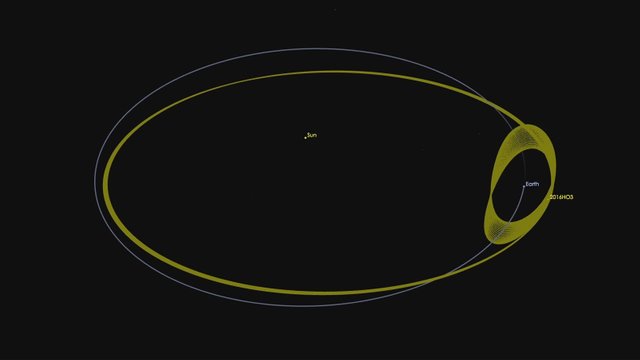Does Earth Have A Second Moon?
NASSA won’t stop impressing me always.
That moment when it seems like everything we needed to know has be learned, is there something as seemingly predictable as the moon?
NASA provides the kind of significant discovery that forces the mind of researchers and all humans to reconsider everything.
If greatness is to be given or crowned by the moon count of a planet's, I think Jupiter would take glory with ease because of its 69 satellites, but Other interesting things are happening around Earth too.
Yeah as we all know, earth has got a trusty Luna who keeps our waves waving and our nights lit, but as NASA recently learned and discovered, Earth has another lunar love.
According to NASSA, a small asteroid which has been discovered in an orbit within the sun that keeps it as a constant companion of Earth, which will remain that way for centuries to come.
As it orbits the sun, the new asteroid, which was designated 2016 HO3, will appear to circle around Earth as well. Because of its distance, we cannot considered it a true satellite of our planet yet, but it is known as the best and most consistent example to date of a near-Earth companion, or "quasi-satellite."
"Since 2016 HO3 loops around our planet, but never ventures very far away as we both go around the sun, we refer to it as a quasi-satellite of Earth," said Paul Chodas, manager of NASA's Center for Near-Earth Object (NEO) Studies at the Jet Propulsion Laboratory in Pasadena, California. "One other asteroid -- 2003 YN107 -- which followed a similar orbital pattern for sometime over 10 years ago, but it has departed our vicinity over some time ago. This new asteroid is much more locked. Our calculations indicate 2016 HO3 has been a stable quasi-satellite of Earth for almost about a century, and it will continue to follow this pattern as Earth's companion for centuries to come."
Asteroid 2016 HO3 was spotted at the first time in April 27, 2016, **by the Pan-STARRS 1 asteroid survey telescope on Haleakala, Hawaii, operated by the University of Hawaii's Institute for Astronomy and funded by NASA's Planetary Defense Coordination Office**. But mainly, the specific size of this object has not yet been established firmly, but it is likely said to be larger than 120 feet (40 meters) and smaller than 300 feet (100 meters).
Complete list of recent and upcoming close approaches can be gotten from here and other data on the orbits of known NEOs.
Also for asteroid news and updates, follow AsteroidWatch on Twitter:
Twitter


To the question in your title, my Magic 8-Ball says:
Hi! I'm a bot, and this answer was posted automatically. Check this post out for more information.
Hi, I found some acronyms/abbreviations in this post. This is how they expand:
Thanks